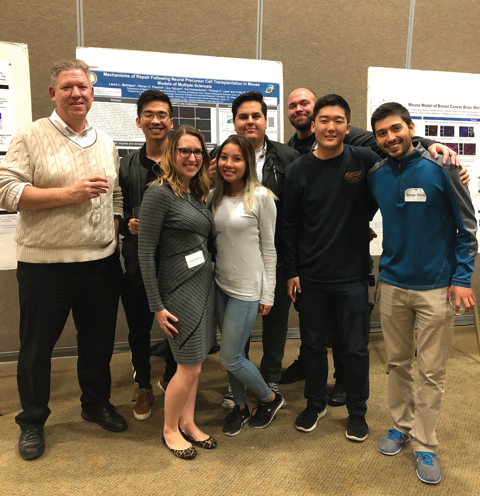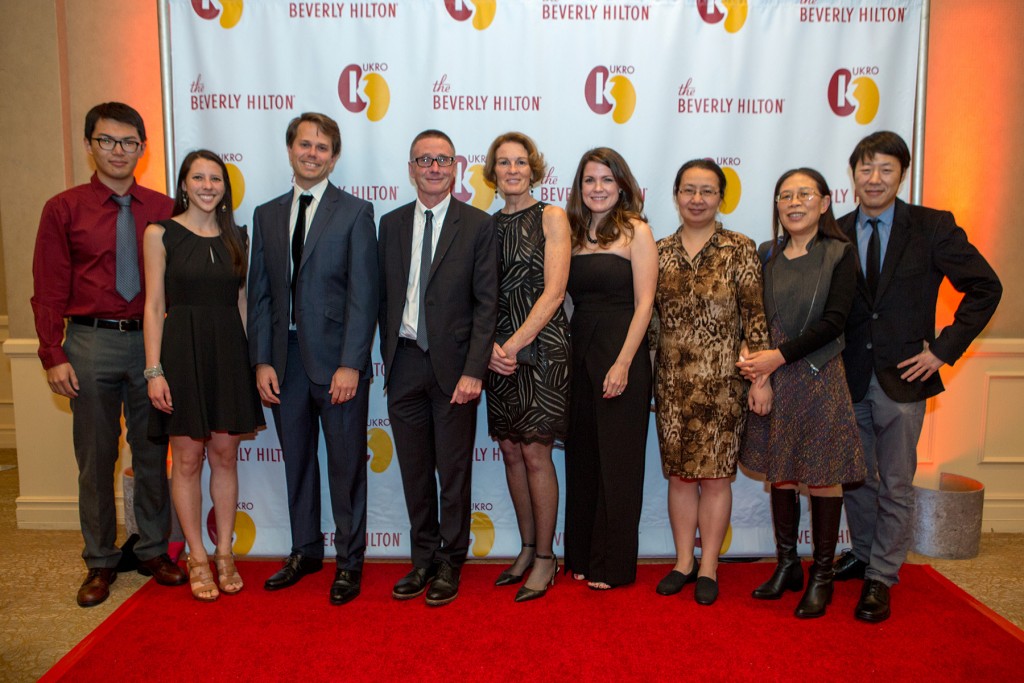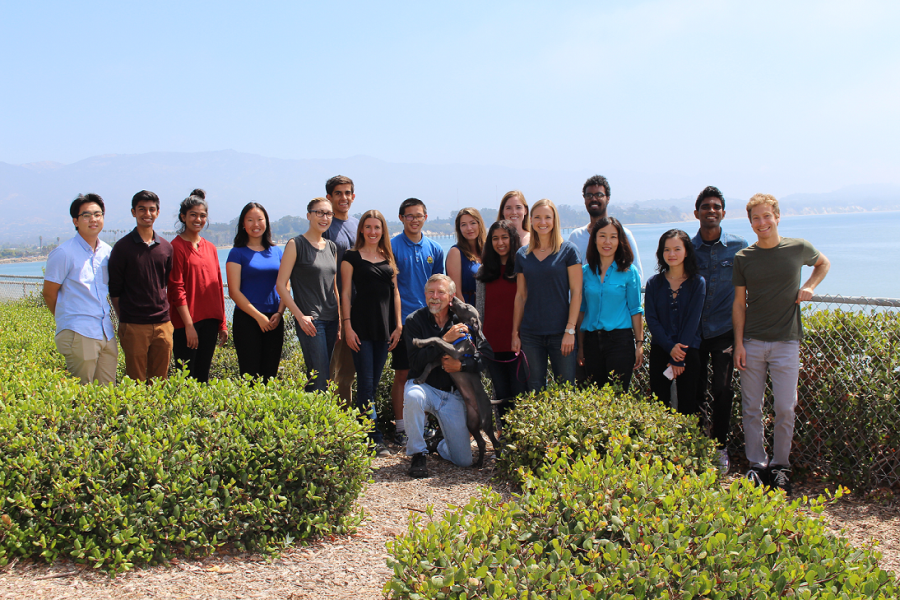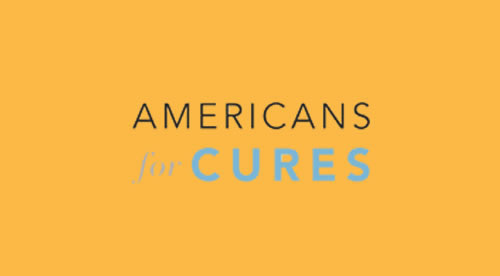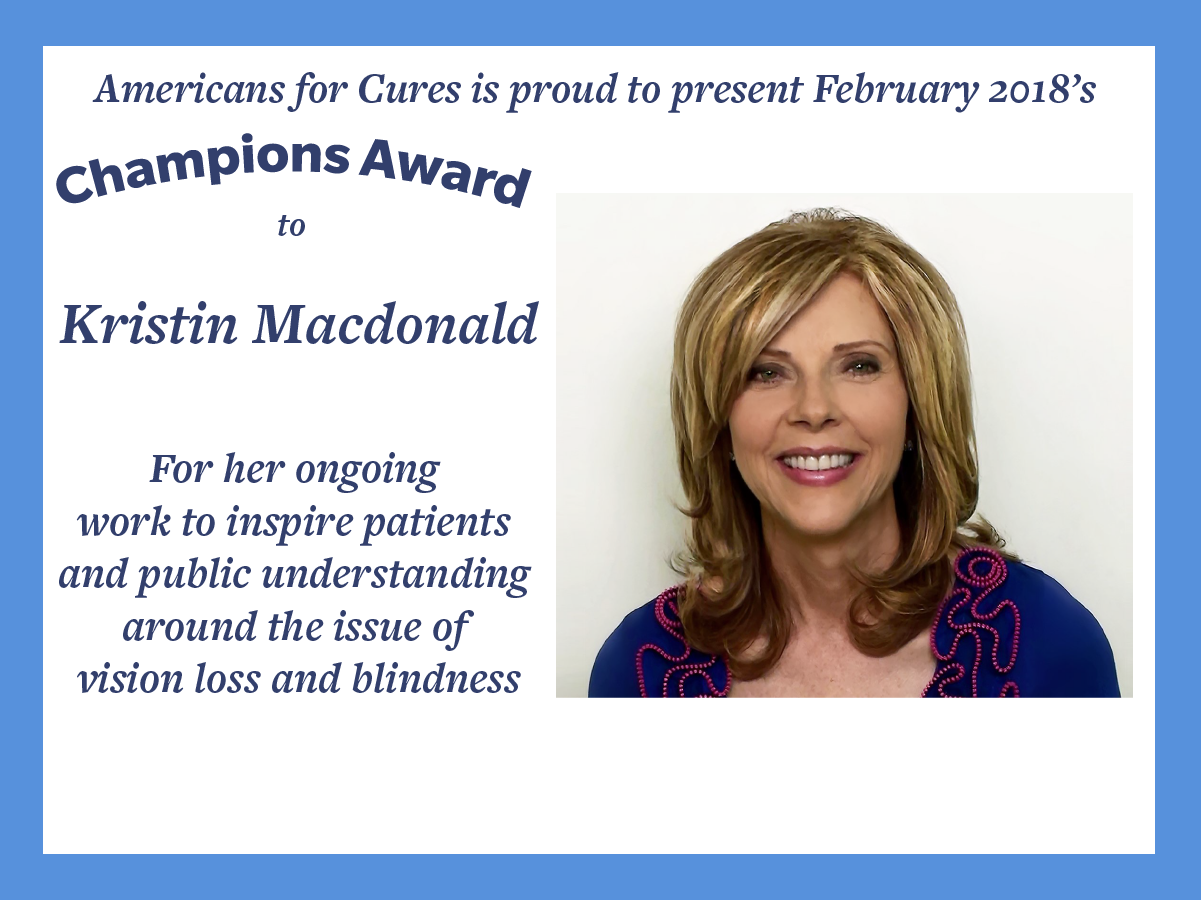Get To Know Dr. Craig Walsh & His Research On MS
Meet Dr. Craig Walsh. He's Director of the Multiple Sclerosis Research Center and Professor of Molecular Biology and Biochemistry at the University of California, Irvine. Dr. Walsh's research focuses on both viral- and myelin antigen-induced models of multiple sclerosis (MS), and seeks to define specific strategies to promote immune tolerance to stem cell derivatives following transplantation



